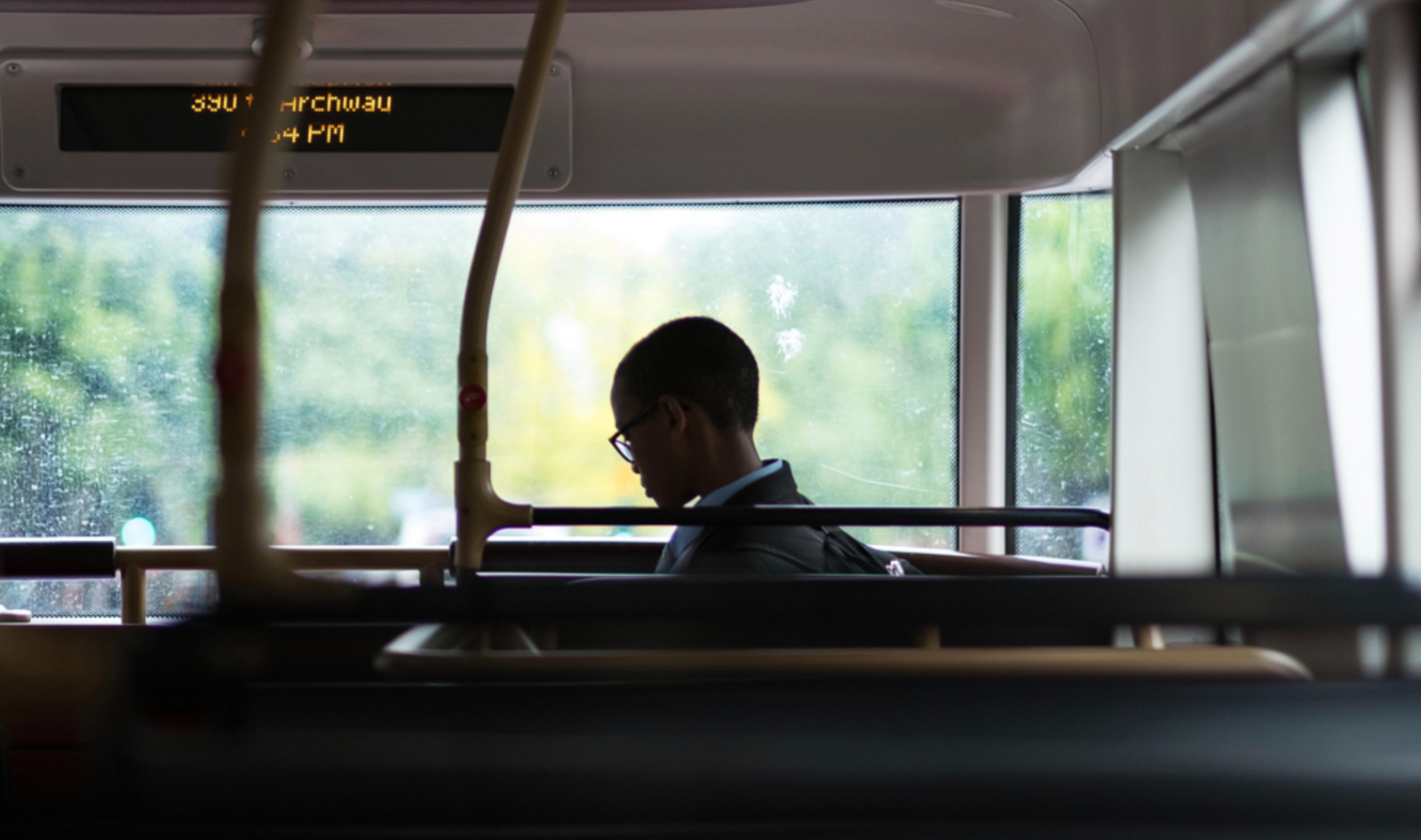Safety systems specialist Ardent has launched an innovative induction hearing loop system to support bus and coach operators in meeting their legal and ethical obligations to promote inclusion among public transport users.
Launched in January 2024, the technology — named ClearConnect — is designed to empower passengers with deafness, making travel more accessible by delivering clear information, including ‘next stop’ announcements and driver communications directly to their hearing aids.
In a crucial shift towards greater accessibility for all, the new Public Service Vehicles (Accessible Information) Regulations 2023 states that all buses and coaches operated as local services across England, Scotland, and Wales must be fitted with a hearing loop system.
Applicable to all newly manufactured vehicles, the regulations also stipulate that vehicles first used between January 1973 and September 2014 should now be retrofitted — with operators having until 2026 to comply.
The legislation has three intended impacts: to ensure disabled people have access to consistent onboard information, to provide operators with flexibility in how they comply, and to create wider benefits for society by enhancing the appeal of bus and coach services for all passengers.
Emma Kirk, head of sales at Ardent, commented: “It’s vital the correct equipment is in place — subpar systems and a failure to invest in levelling up a customer’s experience can serve as a sign that inclusivity isn’t high on a provider’s agenda, reflecting poorly upon a company’s reputation.
“That’s why, at every stage of ClearConnect’s design, we’ve put the passenger at the forefront — creating a system that’s fit for purpose, and uses the latest technology to ensure the best possible user experience.”
Commenting on the technical aspect of the hearing loop, Andrew Thomas, market development director at Contacta, the firm behind the design of ClearConnect, and chairman at both the International Hearing Loop Manufacturers Association (IHLMA) and International Hearing Access Committee (IHAC), said: “A hearing loop that works successfully can be life changing for users of a bus service. We’ve worked with end-users, vehicle manufacturers, and service operators to ensure that the system is highly effective and meets the international performance standards for hearing loops.
“Minimising unwanted sound interference is key, so that those tuning into the hearing loop to obtain vital information are able to hear clearly. By doing so, we’re able to help service providers fulfil their accessibility obligations.”
And to evidence how the hearing loop empowers hearing aid users, a trial of the system at Brighton & Hove Buses by 15 deaf passengers from The Royal National Institute for Deaf People, previously known as Action on Hearing Loss, passed the technology with flying colours.






